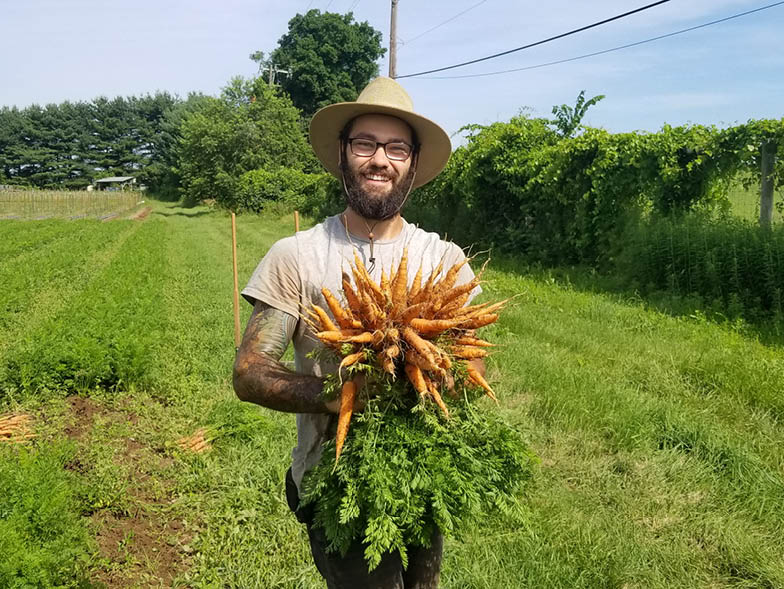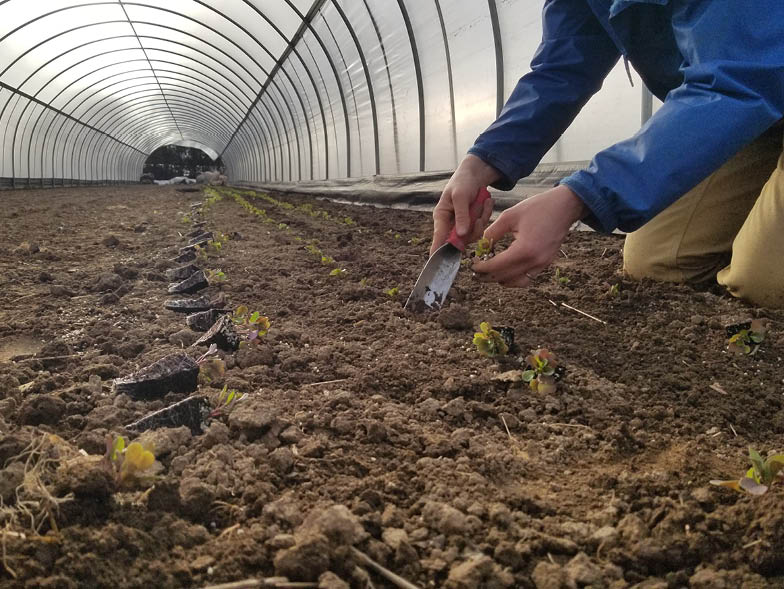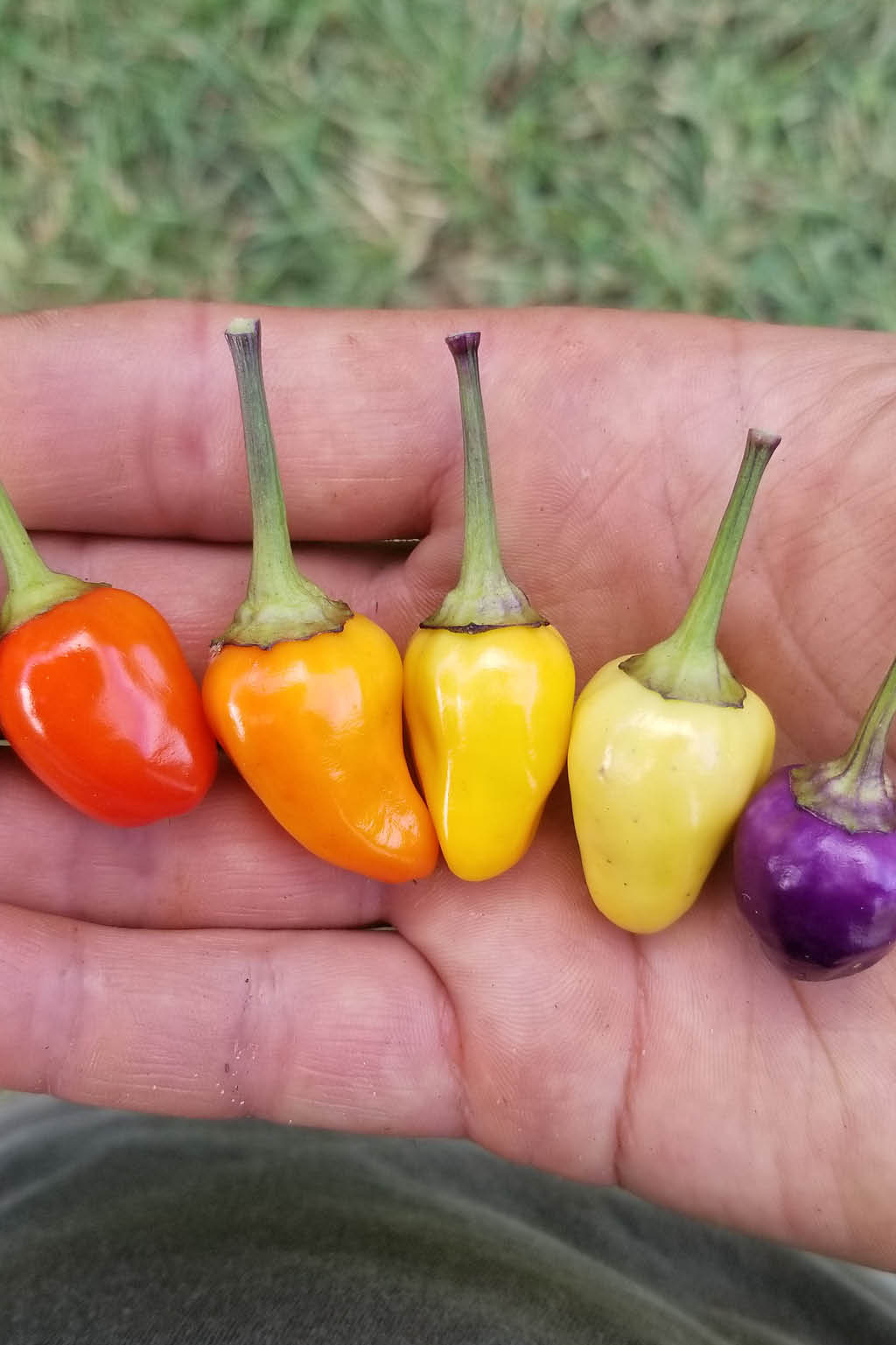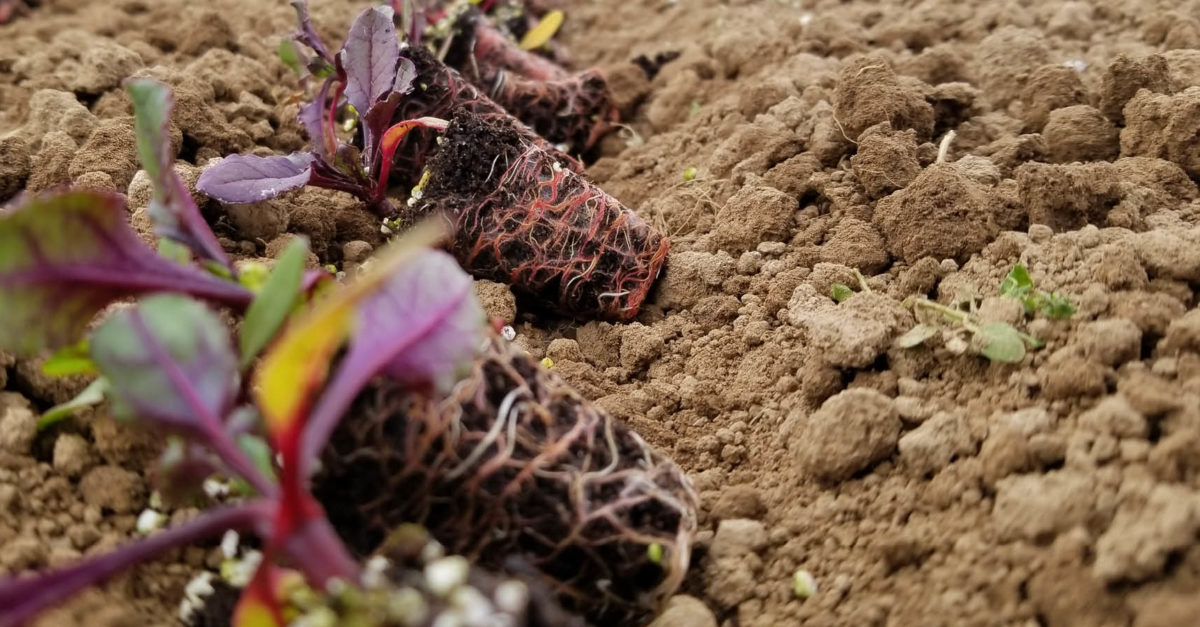Growing Community Roots
With the convenience of grocery stores, quick shops, and take-out restaurants, it’s hard to imagine a time when Americans had to grow their own food. But a locally based agriculture system does not date back all that far, and, for many, it’s still a perfectly viable source of food.
Farmers looking to supplement their income, paired with Americans’ increased interest in where their food comes from, has sparked a resurgence of community-supported agriculture systems, or CSAs. There are currently thousands of CSAs around the country providing people with fresh, locally grown produce—and some farmers even raise livestock for meat and dairy products.
WHAT IS A CSA?
The CSA business model is relatively simple, and it requires a partnership between farmers and community members to sustain itself. Typically at the start of a new season, community members are invited to purchase a share of the crops in exchange for membership in the CSA. A share can vary in price and scope, depending on the CSA’s offerings and size. These shares are typically offered on a weekly or biweekly basis, and include a variety of fruits, vegetables, and other goods.
According to Frank Kurylo, co-owner of the Kimberton CSA (the first CSA in Pennsylvania), one of the biggest benefits of the business model is that farmers are able to essentially “bypass” the middleman and sell directly to consumers, cutting costs for both parties. “Customers are able to join our CSA in the winter months before the following season,” Kurylo says.
“They pay up front, which gives us enough capital to cover costs when expenses rise before spring. Members start coming to the farm in May to begin their weekly or biweekly pickups of the harvest, and a share typically includes twelve to fifteen items. These pickups are market-style, which means all of the produce on the share is preharvested and set out in bins in our shed for members to choose the bunch of their liking.”

While no two CSAs are exactly alike, Kurylo says that the Kimberton CSA model is fairly standard. However, some farms like Kimberton also offer customers the ability to pick their own produce, such as berries, peppers, and beans, at certain times throughout the year. Kurylo notes that the added bonus of picking your own produce is invaluable for parents who want to educate their children on where their food actually comes from—as well as for adults who want to feel a little more confident about the quality of the foods they are eating. “So many children grow up thinking their carrots come from the produce section of a grocery store or corner store, if they even have fresh produce,” Kurylo says.
CSAs may also offer produce you can’t often find at traditional grocery stores, such as kohlrabi—a variety of cabbage that Kurylo says tastes great as is or grated on top of salads. CSAs like Kimberton work to offer a diverse array of crops, both to entice consumers as well as to highlight the nutritional benefits that buying local provides.
HOW ARE CSAs SUSTAINABLE?
Part of the reason that Kurylo says he became involved in the Kimberton CSA in the first place was his interest in environmental law. “We are trying to create a holistic system that generates as much fertility on site as possible, as to not have to rely on outside inputs,” he says. Kimberton uses a combination of crop rotations, compost, cover crops, and minimally invasive tilling techniques. This builds and maintains soil health and helps form a biologically diverse environment for the plants and people who live in the area.
“Biological diversity, both above the soil and below, is key to growing the nutrient-dense produce that we do,” says Kurylo. “Cover crops are one of the most important techniques farmers can incorporate into their crop plan. They have the ability to reduce erosion, reduce weed pressure, improve soil structures, and sequester carbon.” Because many CSAs operate organically—without the use of synthetic pesticides— members know that the fruits and vegetables they get in their share are fresh, safe to eat, and better for the environment.
On top of quality, shopping locally helps reduce the environmental impacts of the food production and transportation system. When food is grown, purchased, and consumed all within the same community, the carbon footprint is dramatically smaller than that of food grown and processed thousands of miles away, shipped to stores, and then purchased. Farmers are able to deliver food directly to consumers instead of selling it to outside sources, and that means less time from farm to table.

HOW DOES THE COMMUNITY BENEFIT FROM A CSA?
CSAs benefit farmers and the environment, but they are also a priceless opportunity for community members to interact directly with the people who are growing their food, and vice versa. It helps strengthen community ties to know that everyone is supporting each other’s well-being. CSA members get to interact with their friends and neighbors, and they eat the same food from the same farm. While people have always connected through food, Kurylo notes that it’s their connection to the food system that is often strained.
One of the ways Kimberton helps keep community members engaged is through its potluck-style events, which encourage members to get together and share the food they make from their shares. The diversity of produce helps members get creative with their meals—finding ways to incorporate their shares into new recipes. It also occasionally offers workshare opportunities for members who are interested in a hands-on approach at the farm. “The success of our farm isn’t measured solely off what we draw at the end of the year,” Kurylo says. “It’s everything that happens in between. By coming to the farm, people get to see us and talk to us—if people have questions about the produce or if they’re looking for a recipe, we’re here for them.”
HOW CAN YOU GET INVOLVED IN A CSA?
With thousands of CSAs in operation across the country, there are plenty of opportunities for Americans to get involved in their community. A good place to start is by visiting LocalHarvest, a website that offers a free database for consumers to find the CSA closest to them. It also explains some of the benefits of joining a CSA, has reviews of local farms, and offers tips for buying local.
Although CSAs are growing in popularity, Kurylo says there is still a lot of room for the CSA model to gain traction in communities nationwide. It’s an environmentally friendly model that benefits all parties involved, and it can help families eat fresher and feel connected to the community that it feeds.
For more info, visit localharvest.org









